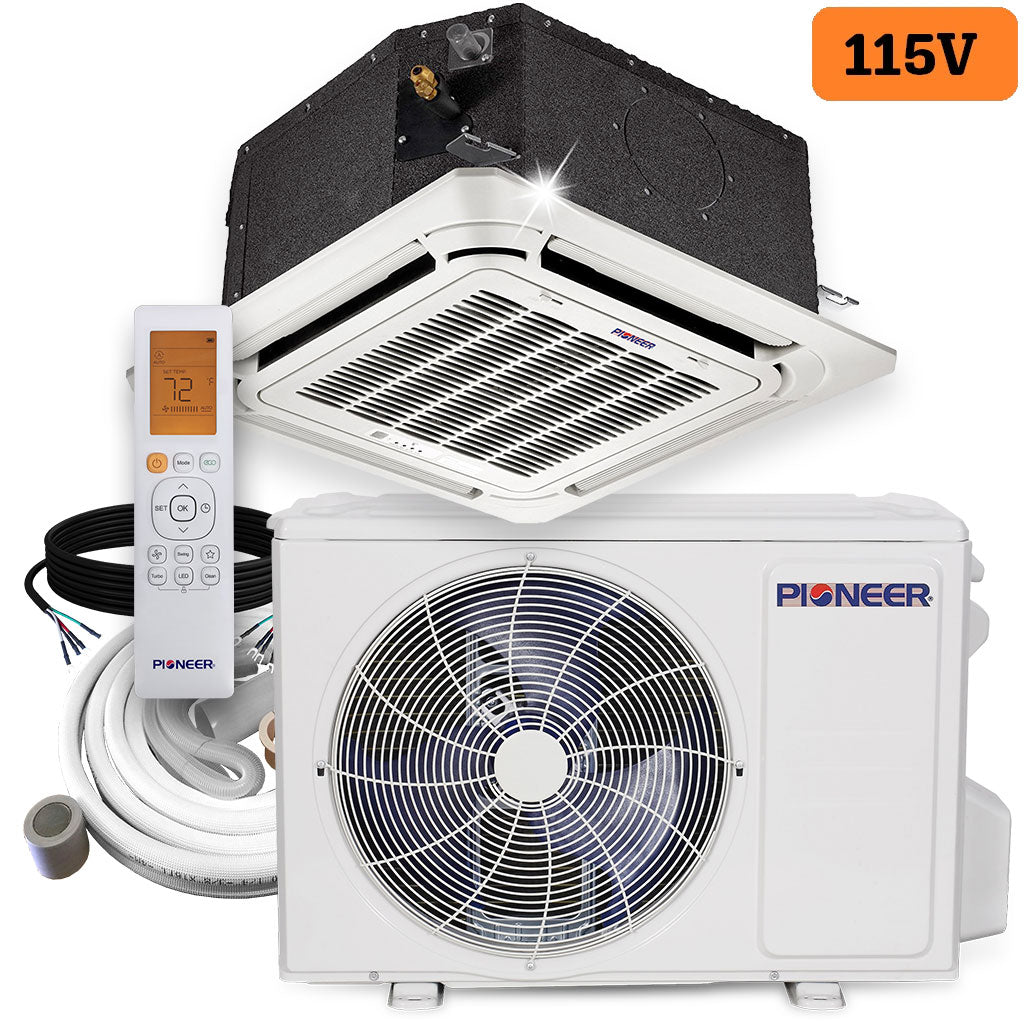@snoobler Cool, glad to post in another thread about this. I dislike hijacking threads.
There was another discussing in another thread about the Victron autotransformer with seemingly ambiguous instructions. It has a figure that appears to permit 120VAC input and 240VAC split phase output. Is this correct?
Yes, that would be true when using a 120V inverter stepped up to 120/240V on the output side of the inverter. IMO opinion a person could technically wire it so that charging would use both legs of a 240V source but I would not suggest anyone outside of another engineer try it. Simply too easy to get it wrong IMHO (no offense to anyone). Even then it greatly depends in part on the inverter used. The Victron inverter may shut down the AC input if it's getting power from both sides.
It's true the wiring is not what I would call straightforward for beginners (not saying you are a beginner, just a note for future readers). I think I'll maybe touch on that in another post? IMHO even Victron's diagrams can be hard to follow in spite of how clear they are.
If I was going into an installation like yours doing this kind of upgrade, I would likely look at the current loads panel configuration (wired for 120V only or 240V), discuss upcoming loads (120V vs 240), and figure up the approximate max load per leg in the case of an existing 240V split-phase configuration.
Your 5k inverters can handle ~41A ea (5000VA/120=~41A). If you were to put them both onto a single leg with a Victron AT, you would be left with 32A capacity (transfer) on one leg and ~82A on the other. No, that doesn't mean 114A of usable power

. You still only have an 82A supply. So if 32A were used on L2, only 50A would be available on L1.
This configuration (2x 120V parallel) could be useful in a retrofit scenario where all the loads and load panels are already wired for 120V and no 240V loads present or will be installed. In that case, stacking them in parallel would make the most sense.
If in that scenario you have a 240V split-phase Genset, it would be recommended to use an AT on the input, allowing the Genset to be evenly loaded while charging the inverters at 120V.
If in the future a 240V device was installed, it would be a consideration at that point to either install a small AT for the load (low cost probably) or rewire the entire system to accommodate 240V split-phase.
As you know from my other posts I'm using custom-wound AT's (toroid, 98% eff) for both deploying 230V/50HZ inverters switched to 240V/60hz but I'm also using them for 120V SI6048's stepped up to 120/240V for interaction with SB's and 240V loads (A/C). Even though the 230/240V 5K Victron route is cheaper than a single SI6048 (by a lot I might add), in general I would prefer to use 2x 120V inverters (Victron, SMA, Studer, etc) for a number of reasons. Or even a single 120V stepped up to 240V rather than 230V stepped down.
I'm putting the AT, motor protection breaker, load-shedding contactor, and master RCB in a Rittal enclosure (a couple of other things also, DIN rail below the AT). The motor protection breaker will drop the AT if it gets overloaded, dropping the loads as well. It's similar in someways to the Smartformer schematic but not exactly the same. I'm placing the bypass/transfer switch in another distribution box. I'm with Hedges, I don't want to just lose a single leg. I just want to shut down the loads if there is an issue.
The AT's are 2x 55A windings with single 6048's and an MPII5K. Yes, that's a custom 9.6KVA transformer with a 5750W inverter (in the case of SMA). The losses will be greater than with a smaller AT but I wanted the overhead for these installations for a variety of reasons. The transformers came to under $300 ea delivered the USA. But it will be more than that by the time I install it with everything else (motor protection breaker etc).
You can get a lot more through a transformer with fan cooling. I took an 8" toroid and managed to put 1250W through it - enough for a 2500W 240V Sunny Boy to work with a single 120V Sunny Island. But it required lots of air. I plan to have thermostatic fan and overtemp shutoff when I use the 9000VA one. In a second application where it is the only source of neutral, I will have all power disconnect if the transformer does.
Outback does this with their PSX-240 and X240 transformers. Same AT in both cases but one is in a case with a fan and one is not. The one without a fan is rated for 4KW. The one with a fan 6KW.
@snoobler Let me know if that answers your question. Pretty tired atm so I may not have nailed it down.



